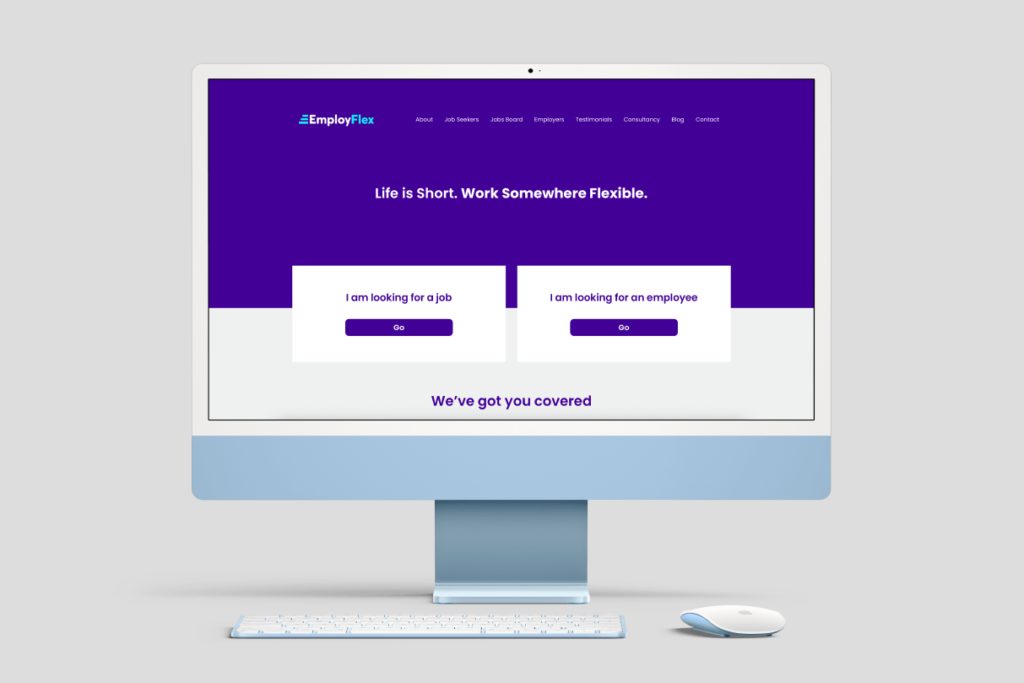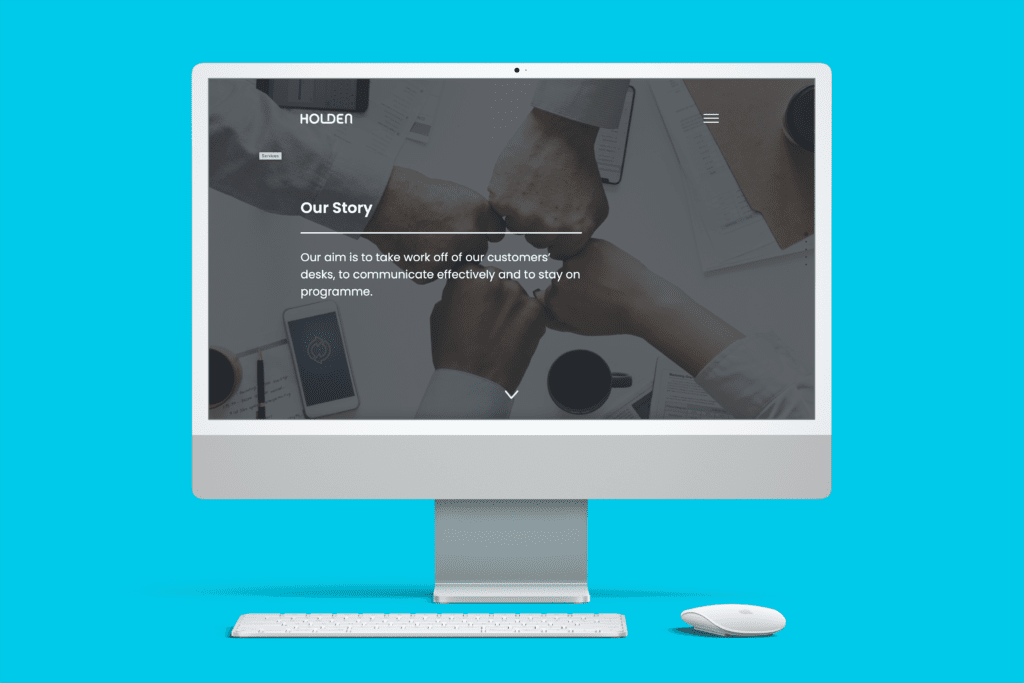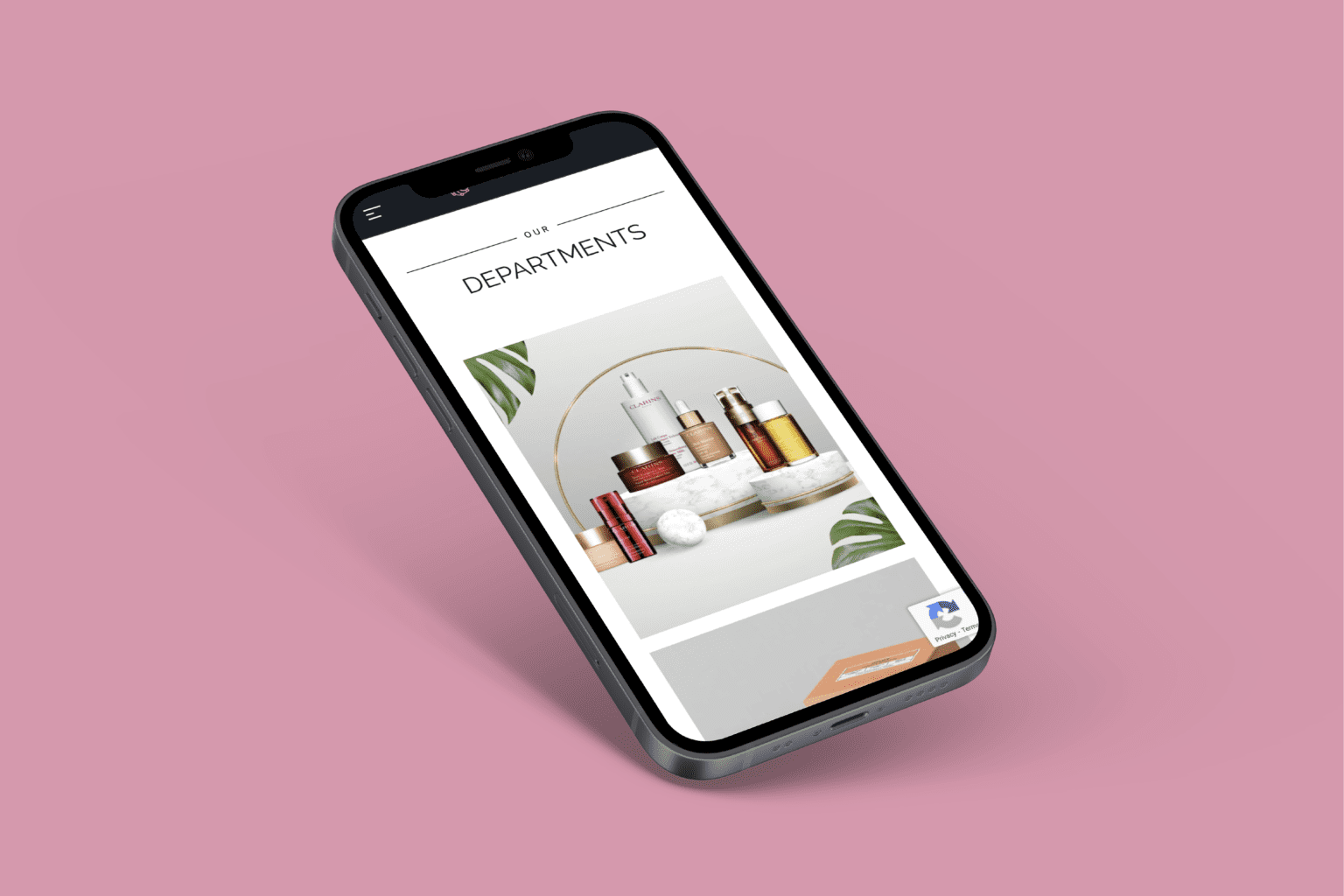Boosting Your Business with Professional Website Design: How to Make a Lasting Impression
In today’s digital age, having a professional website is essential for any business looking to thrive and make a lasting impression on its target audience. Your website is often the first point of contact for potential customers, and it needs to captivate their attention and convey your brand’s value proposition effectively. A professionally designed website not only enhances your business’s online presence but also boosts credibility and trust among your visitors. In this article, we will explore the key elements of professional website design that can help you create an unforgettable online experience for your audience. From intuitive navigation to visually appealing layouts and compelling content, we will delve into the strategies that will make your website a powerful marketing tool. So, if you are ready to take your business to the next level and leave a lasting impression on your audience, let’s dive into the world of professional website design and discover how it can transform your online presence.

The Importance of Professional Website Design for Businesses
In today’s highly competitive digital landscape, having a professional website is no longer optional for businesses; it’s a necessity. A website serves as the online face of your business, and it’s where potential customers go to learn more about your products or services. A poorly designed website can lead to a negative first impression, causing visitors to lose trust in your brand and bounce away to your competitors. On the other hand, a professionally designed website can instantly captivate your audience, convey your brand’s message effectively, and encourage visitors to take action.
One of the key benefits of professional website design is enhanced credibility. When your website looks professional and well-designed, it instills confidence in your visitors that your business is trustworthy and reliable. A professionally designed website also improves the user experience by making it easy for visitors to find what they are looking for, navigate through your site, and complete desired actions such as making a purchase or submitting a contact form. Additionally, a well-designed website allows you to showcase your brand’s unique value proposition, differentiate yourself from the competition, and establish a strong brand identity.
In summary, professional website design is crucial for businesses looking to make a lasting impression and stand out in the digital world. It not only enhances your online presence but also boosts credibility, improves user experience, and helps you effectively communicate your brand’s message.
Elements of a Visually Appealing Website Design
When it comes to website design, aesthetics play a crucial role in capturing the attention of your audience and creating a positive user experience. Here are some key elements of visually appealing website design that you should consider:
1. **Clean and uncluttered layout:** A cluttered website can overwhelm visitors and make it difficult for them to focus on the important information. A clean and uncluttered layout, on the other hand, allows your content to shine and makes it easy for visitors to navigate through your site.
2. **Eye-catching visuals:** High-quality images and engaging visuals can instantly grab the attention of your audience and make your website more memorable. Use visually appealing graphics, relevant photos, and videos to enhance your website’s visual appeal and convey your brand’s message effectively.
3. **Color scheme and typography:** The choice of colors and typography can greatly impact the overall look and feel of your website. Use a color scheme that aligns with your brand’s identity and evokes the desired emotions in your audience. Similarly, choose fonts that are easy to read and reflect your brand’s personality.
4. **Whitespace:** Whitespace, also known as negative space, refers to the empty space between elements on a webpage. It helps create a sense of balance, improves readability, and enhances the overall visual appeal of your website. Embrace whitespace in your design to give your content room to breathe and make it more visually appealing.
5. **Consistent branding:** Ensure that your website design aligns with your brand’s identity and maintains consistency across all pages. Use your brand’s logo, colors, and other visual elements consistently throughout your website to reinforce your brand’s image and create a cohesive user experience.
By incorporating these elements into your website design, you can create a visually appealing website that captures the attention of your audience and leaves a lasting impression.


The Role of User Experience in Website Design
User experience (UX) plays a critical role in website design as it directly impacts how visitors interact with your website and ultimately determines whether they stay or leave. A positive user experience can lead to increased engagement, higher conversion rates, and improved customer satisfaction. Here are some key principles of user experience that should guide your website design:
1. **Intuitive navigation:** Your website’s navigation should be intuitive and easy to use. Visitors should be able to find what they are looking for quickly and effortlessly. Use clear and descriptive menu labels, logical menu structures, and breadcrumbs to guide users through your website.
2. **Fast page loading speed:** Slow-loading websites can frustrate visitors and lead to high bounce rates. Optimize your website’s performance by minimizing file sizes, leveraging caching techniques, and using a content delivery network (CDN) to deliver your content faster to users across the globe.
3. **Mobile responsiveness:** With the majority of internet users accessing websites through mobile devices, it’s crucial to ensure that your website is mobile responsive. A mobile-responsive design adapts to different screen sizes and resolutions, providing an optimal viewing experience for users on smartphones and tablets.
4. **Accessibility:** Make your website accessible to all users, including those with disabilities. Ensure that your website meets accessibility standards, such as providing alternative text for images, using descriptive link text, and providing keyboard navigation options.
5. **Clear calls to action:** Guide visitors towards desired actions by using clear and prominent calls to action (CTAs). Whether it’s signing up for a newsletter, making a purchase, or contacting your business, CTAs should be easily visible and compelling.
By prioritizing user experience in your website design, you can create a seamless and enjoyable experience for your audience, keeping them engaged and increasing the likelihood of conversions.
Website Design Trends to Consider for Your Business
Website design trends evolve constantly, and it’s important to stay up-to-date with the latest trends to ensure your website remains modern and visually appealing. While it’s essential to maintain a design that aligns with your brand’s identity, incorporating some of these trending elements can help your website stand out. Here are a few website design trends to consider for your business:
1. **Dark mode:** Dark mode has gained popularity in recent years as it reduces eye strain, improves battery life on mobile devices, and adds a touch of elegance to the design. Consider implementing a dark mode option on your website to provide users with a choice.
2. **Microinteractions:** Microinteractions are small animations or visual cues that provide feedback to users when they interact with elements on your website. These subtle animations can enhance the overall user experience and make your website feel more interactive and engaging.
3. **Minimalism and simplicity:** Minimalistic designs with clean lines, ample whitespace, and limited color palettes continue to be popular. Simplifying your design can help your content shine and create a modern and sleek look.
4. **Custom illustrations and animations:** Custom illustrations and animations can add a unique and personalized touch to your website. Consider hiring a graphic designer to create custom illustrations or animations that reflect your brand’s personality and make your website more memorable.
While it’s important to stay current with design trends, it’s equally crucial to ensure that these trends align with your brand’s identity and enhance the user experience. Don’t blindly follow trends for the sake of it; choose elements that resonate with your target audience and support your business goals.
The Impact of Mobile Responsiveness on Website Design
In today’s mobile-dominated world, having a mobile-responsive website is no longer optional; it’s a necessity. With more people accessing the internet through smartphones and tablets, it’s crucial to provide an optimal viewing experience across all devices and screen sizes. Here’s why mobile responsiveness is essential for your website design:
1. **Improved user experience:** A mobile-responsive design ensures that your website looks and functions seamlessly on mobile devices. Users can easily navigate through your site, read your content, and interact with your CTAs without having to zoom in or scroll horizontally.
2. **Higher search engine rankings:** Search engines like Google prioritize mobile-friendly websites in their search results. Having a mobile-responsive website can improve your search engine rankings, making it easier for potential customers to find you.
3. **Increased mobile traffic:** With the proliferation of smartphones, mobile traffic has surpassed desktop traffic in many industries. By having a mobile-responsive website, you can tap into this growing mobile audience and increase your chances of attracting and converting mobile users.
4. **Consistent branding:** A mobile-responsive design ensures that your brand’s identity remains consistent across all devices. Users should be able to recognize your brand and have a cohesive experience, whether they are accessing your website on a desktop, smartphone, or tablet.
5. **Future-proofing your website:** As new devices with varying screen sizes enter the market, having a mobile-responsive design ensures that your website will adapt and provide an optimal viewing experience for users on these devices.
To ensure that your website is mobile-responsive, consider using a responsive website design framework, such as Bootstrap or Foundation. These frameworks provide a grid system and responsive components that make it easier to create a mobile-friendly website.


Optimizing Website Design for Search Engines
Having a visually appealing website is important, but it’s equally crucial to optimize your website design for search engines. Search engine optimization (SEO) ensures that your website ranks higher in search engine results, driving organic traffic and increasing your visibility. Here are some key SEO considerations for website design:
1. **Keyword research and optimization:** Conduct keyword research to identify the keywords and phrases that your target audience is using to search for your products or services. Incorporate these keywords naturally into your website’s content, headings, and metadata.
2. **Optimized URL structure:** Use descriptive and keyword-rich URLs that accurately describe the content of each page. Avoid using generic URLs or URLs with random strings of numbers and letters.
3. **Meta tags and descriptions:** Craft compelling meta titles and descriptions that accurately summarize the content of each page. Include relevant keywords and entice users to click through to your website.
4. **Image optimization:** Optimize your images by compressing them, using descriptive file names, and adding alt text. This helps search engines understand the content of your images and improves your website’s overall SEO.
5. **Schema markup:** Implement schema markup on your website to provide search engines with additional context about your content. Schema markup helps search engines understand the meaning behind your content and can improve your website’s visibility in search results.
6. **Fast page loading speed:** Page speed is an important ranking factor for search engines. Optimize your website’s performance by minimizing file sizes, leveraging caching techniques, and optimizing your code.
By incorporating these SEO best practices into your website design, you can improve your website’s visibility in search engine results and attract more organic traffic.
The Importance of Consistent Branding in Website Design
Consistent branding is essential in website design as it helps create a strong and memorable brand identity. Your website should reflect your brand’s personality, values, and unique selling proposition. Here’s why consistent branding is important:
1. **Brand recognition:** Consistent branding across your website helps users recognize your brand and differentiate you from the competition. Use your brand’s logo, colors, fonts, and visual elements consistently to reinforce your brand’s identity.
2. **Trust and credibility:** Consistency in branding builds trust and credibility among your audience. When users see consistent branding across all touchpoints, they perceive your brand as reliable, professional, and trustworthy.
3. **Memorability:** Consistent branding helps make your brand more memorable. By using consistent visual elements, messaging, and tone of voice, you create a cohesive experience that sticks in the minds of your audience.
4. **Differentiation:** Consistent branding helps you stand out in a crowded marketplace. By conveying a consistent brand message and visual identity, you can differentiate yourself from your competitors and attract your target audience.
To ensure consistent branding in your website design, create brand guidelines that outline your brand’s visual elements, voice and tone, and messaging. Share these guidelines with your website design team or agency to ensure that they accurately represent your brand in the website design.
Choosing the Right Website Design Agency for Your Business
When it comes to website design, choosing the right agency is crucial for the success of your project. Here are some factors to consider when selecting a website design agency:
1. **Portfolio and experience:** Review the agency’s portfolio to assess the quality of their previous work. Look for experience in designing websites for businesses similar to yours or in your industry.
2. **Client testimonials and reviews:** Read client testimonials and reviews to get an idea of the agency’s reputation and the satisfaction of their clients. Look for agencies with positive reviews and happy clients.
3. **Expertise and services:** Consider the agency’s expertise and the range of services they offer. Do they specialize in website design? Do they provide additional services such as SEO, content creation, or ongoing maintenance?
4. **Communication and collaboration:** Effective communication and collaboration are crucial for a successful website design project. Ensure that the agency has clear communication processes and is responsive to your needs and questions.
5. **Budget and timeline:** Consider your budget and timeline when selecting an agency. Discuss your budget with the agency upfront and ensure that they can deliver within your desired timeframe.
6. **Support and maintenance:** Inquire about the agency’s support and maintenance services. Will they provide ongoing support after the website launch? Do they offer maintenance packages to ensure your website remains up-to-date and secure?
By carefully evaluating these factors, you can choose a website design agency that aligns with your business goals, understands your brand’s vision, and delivers a website that meets your expectations.



